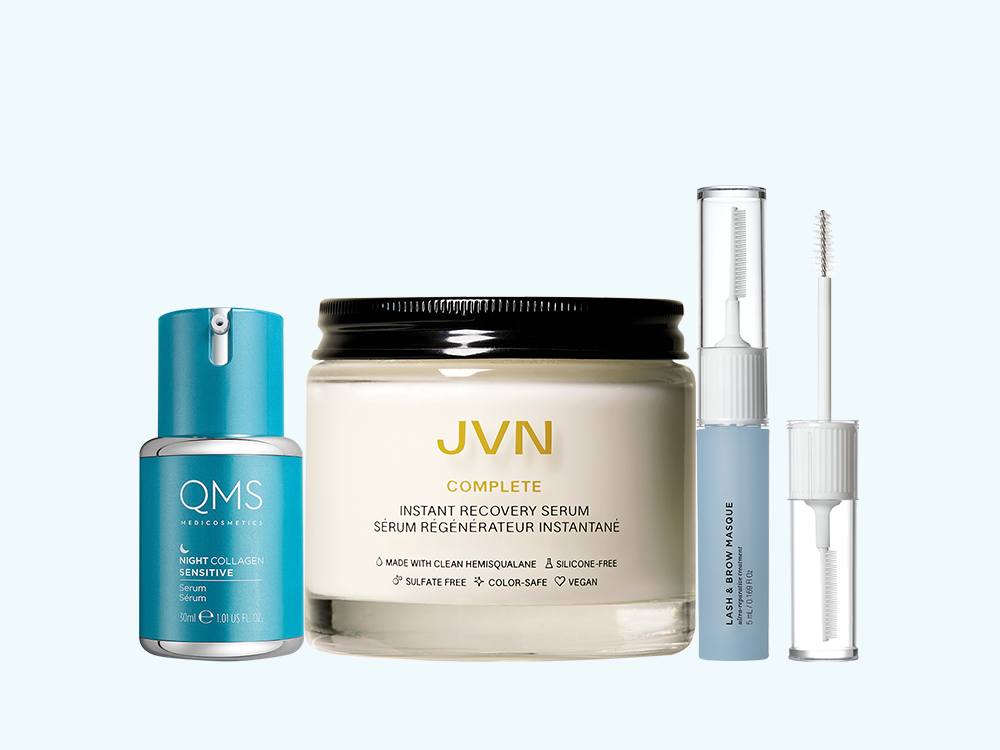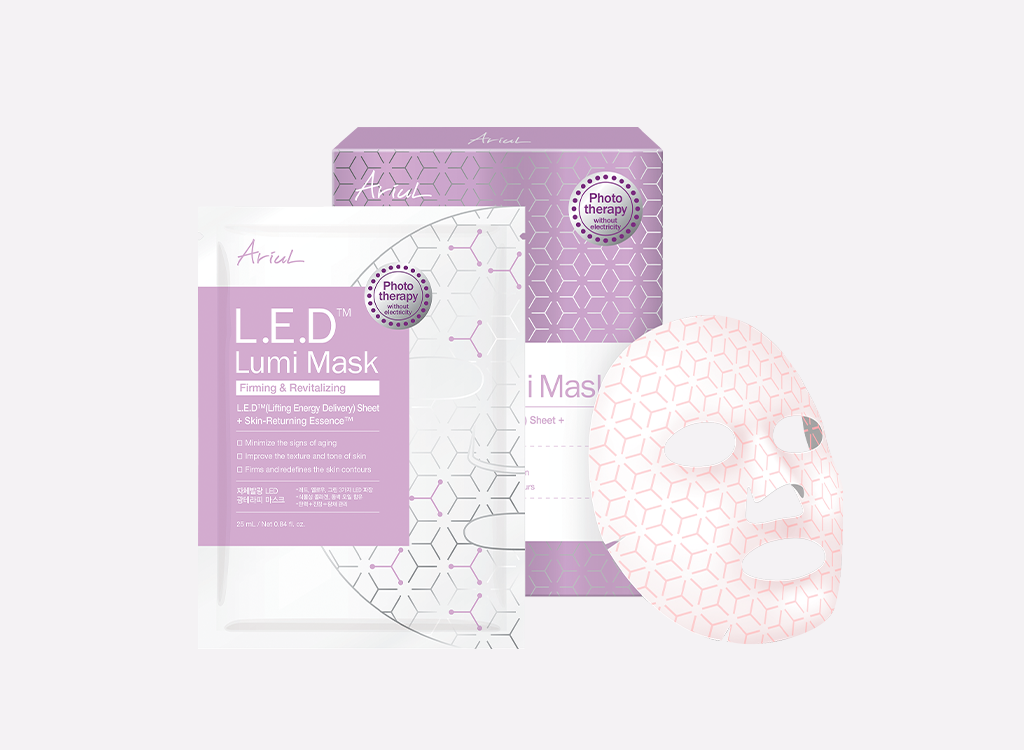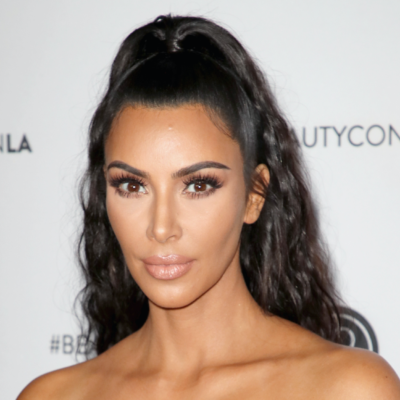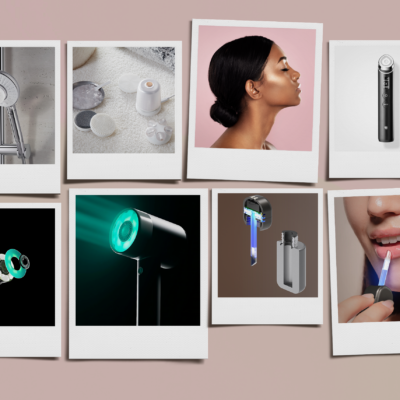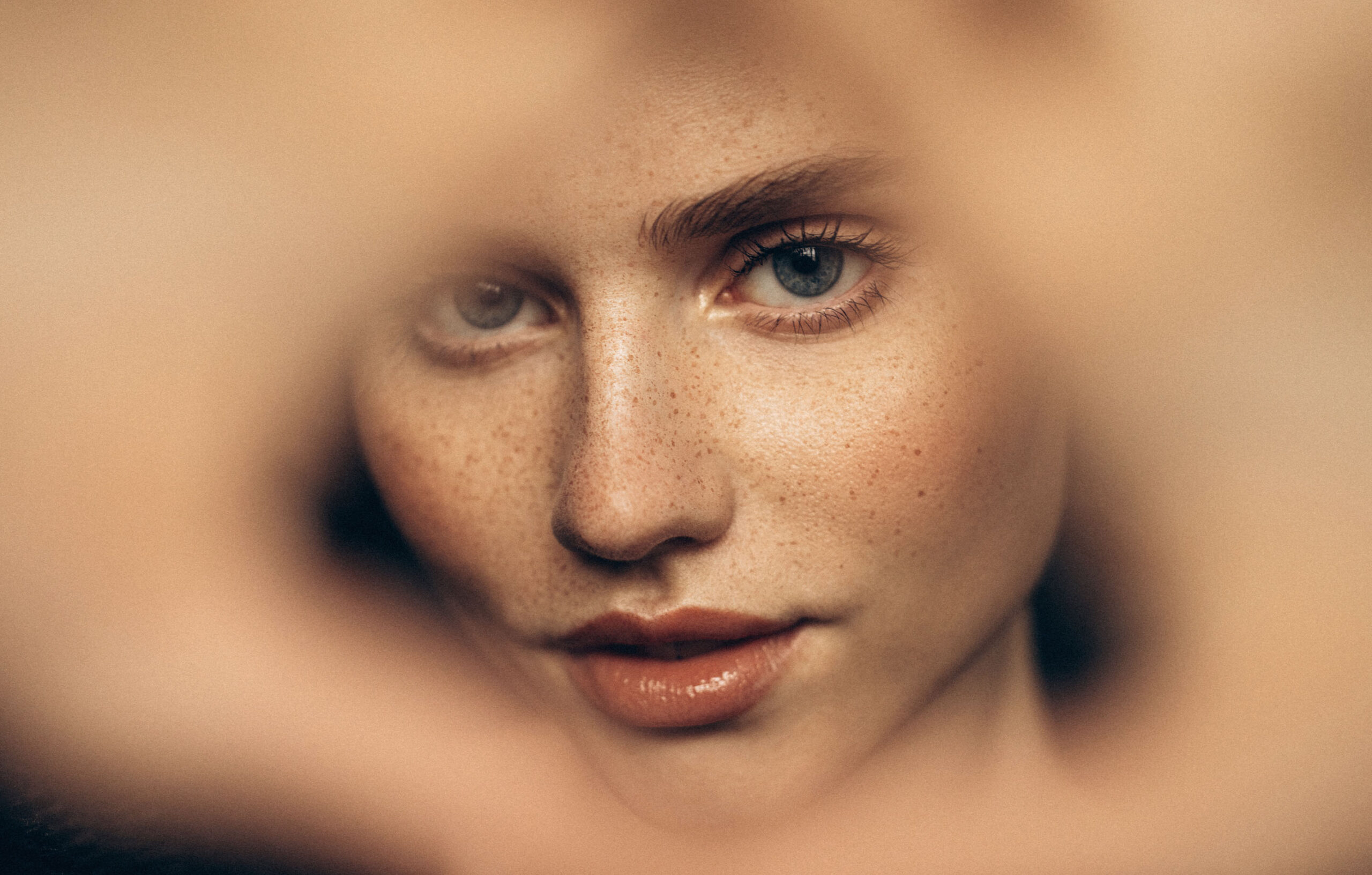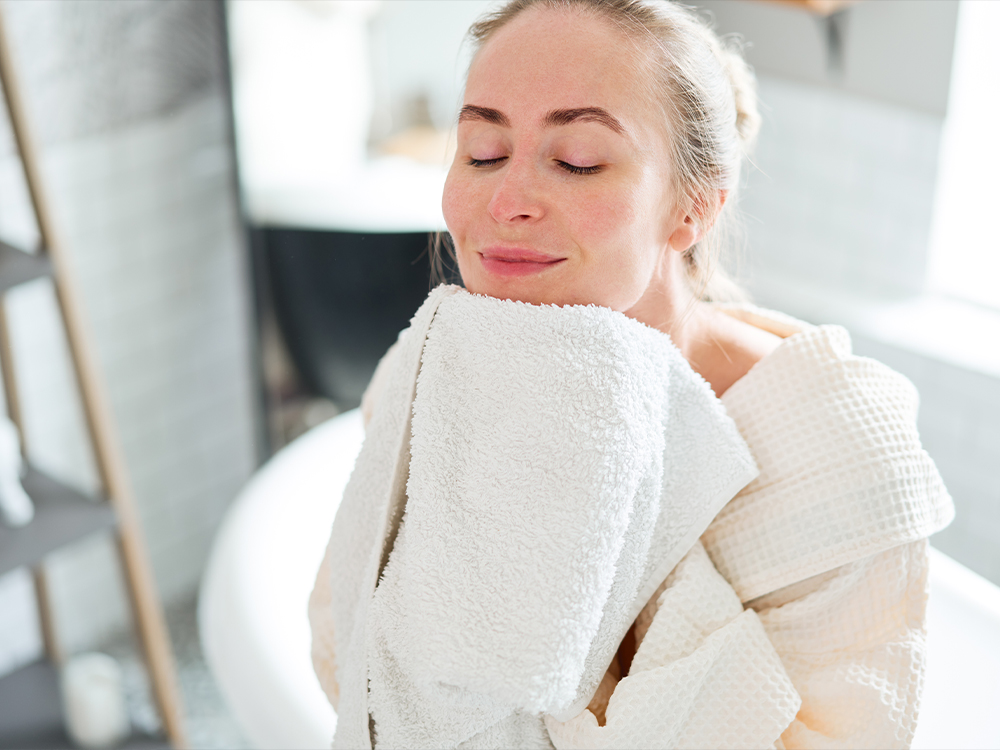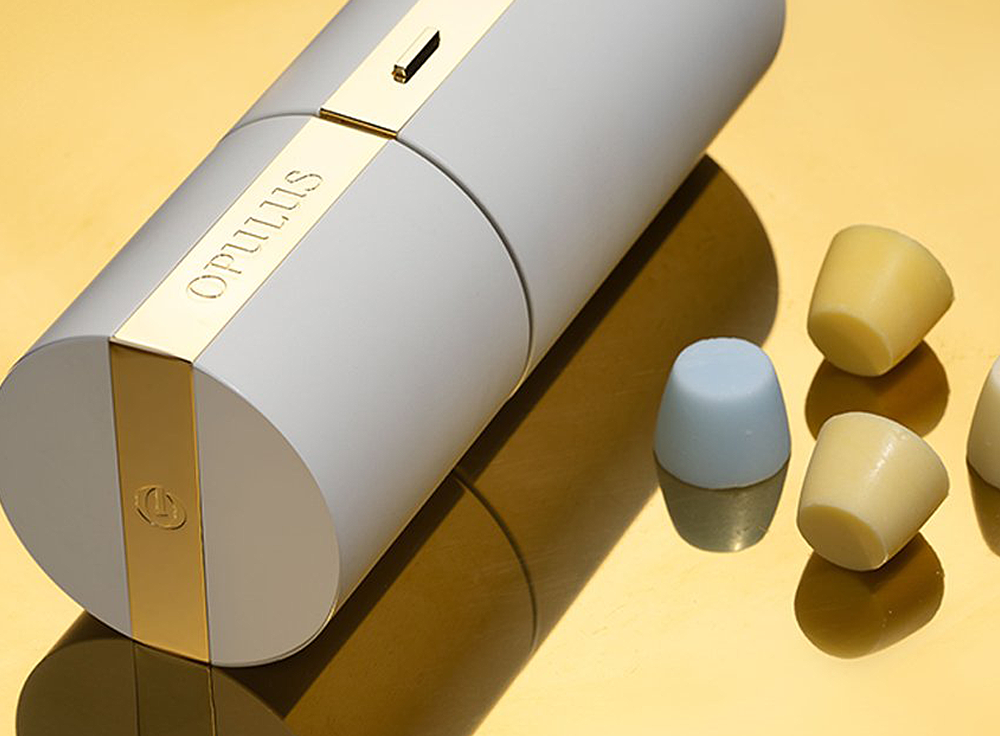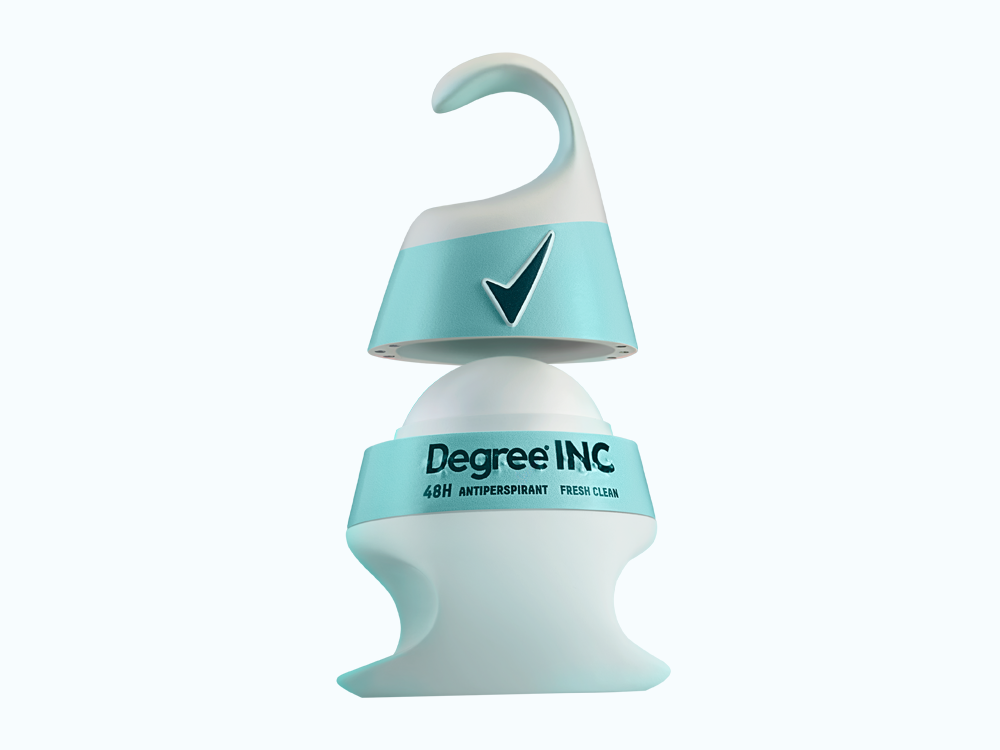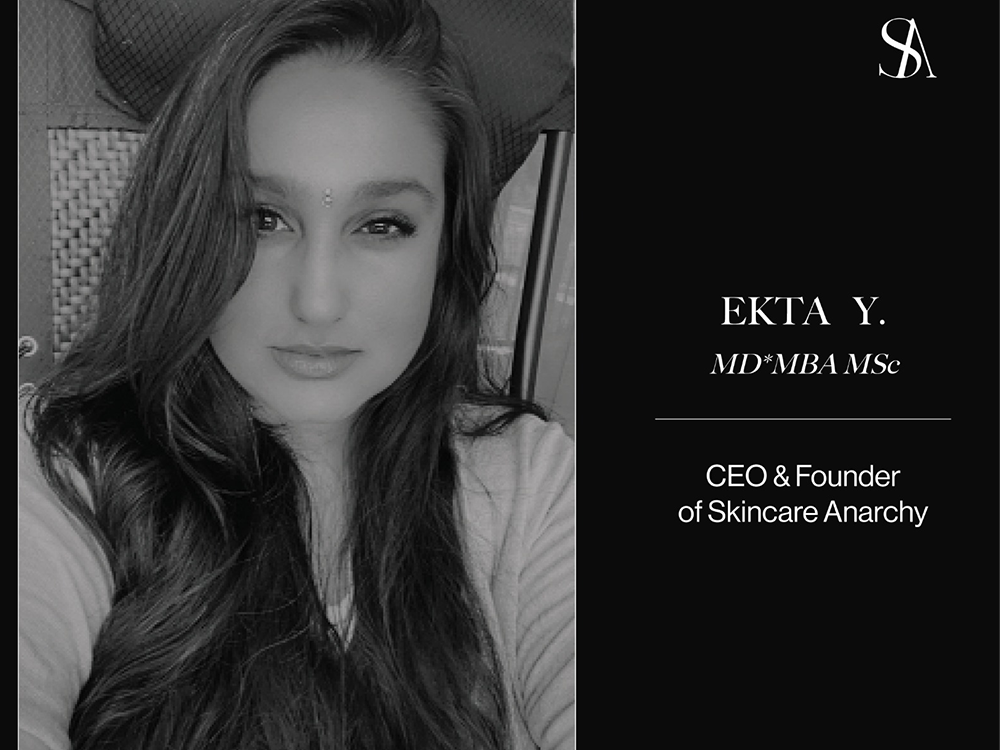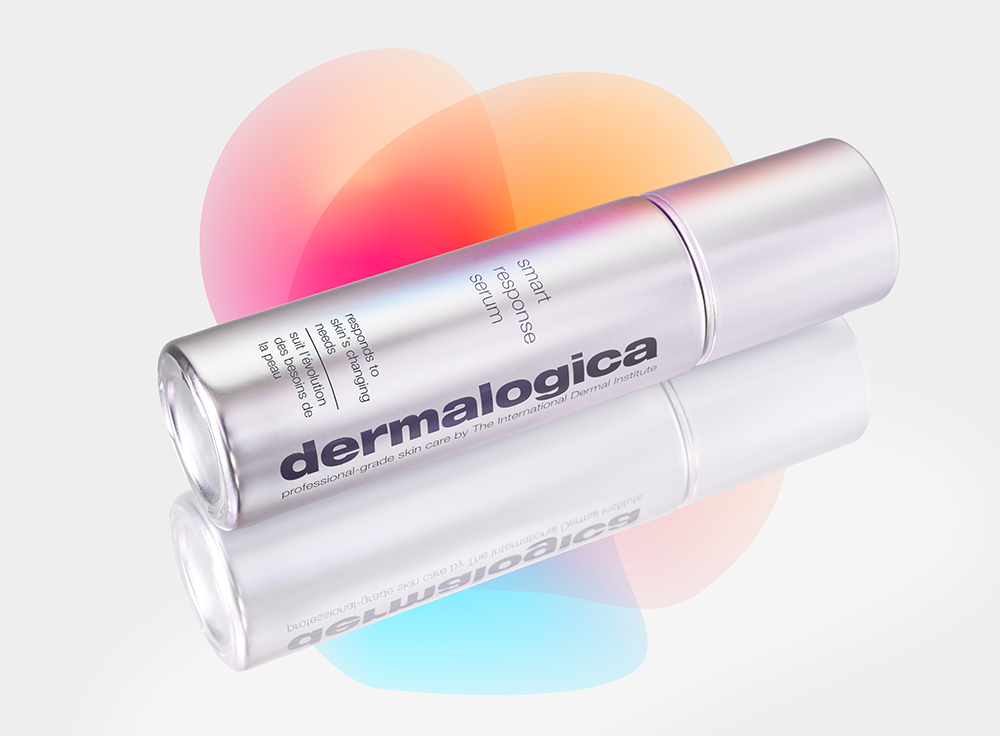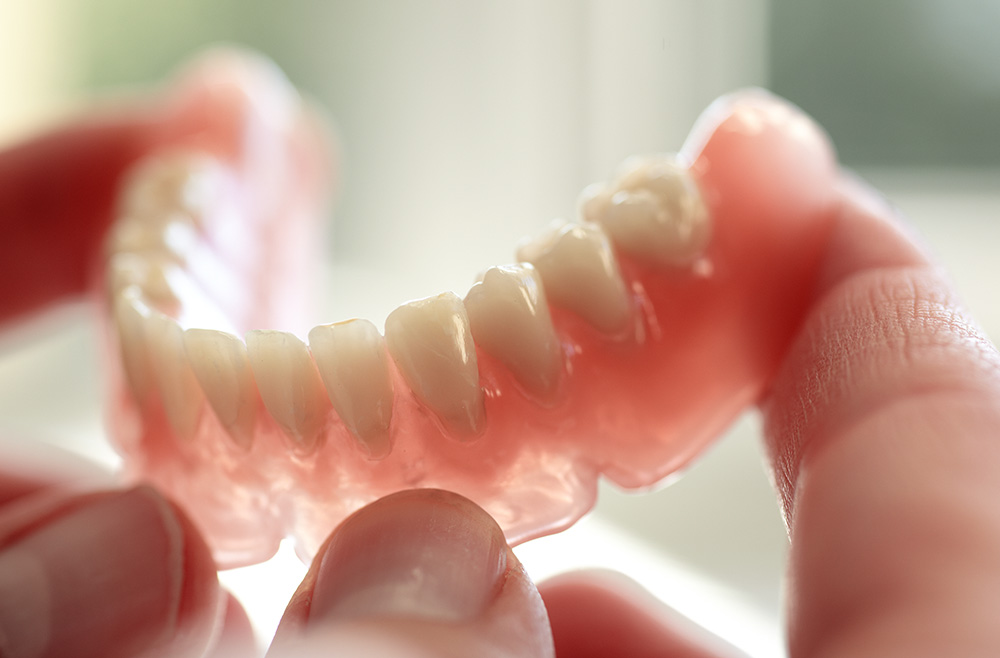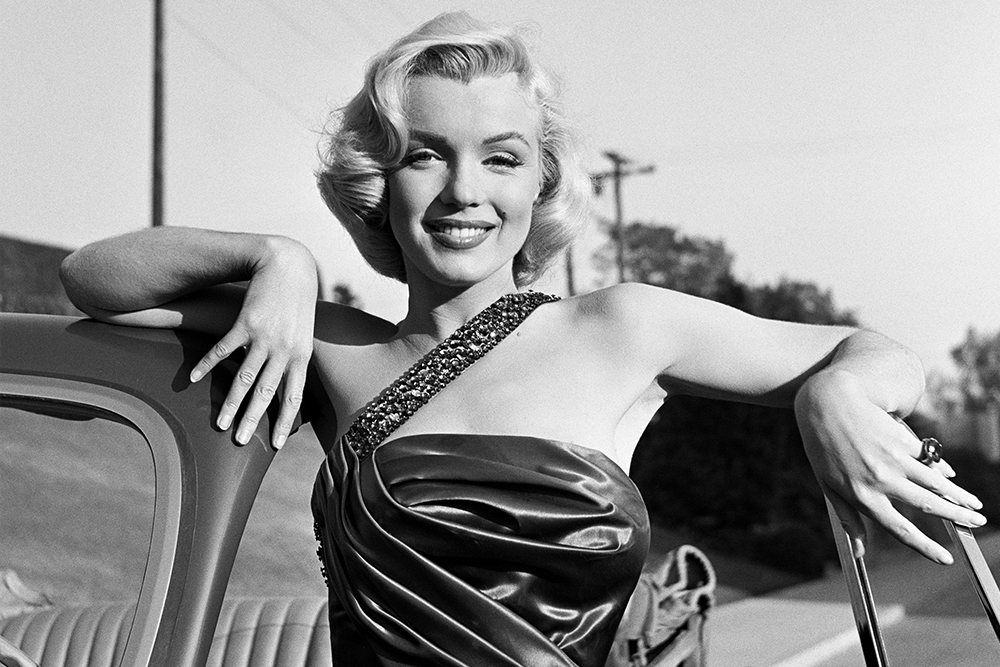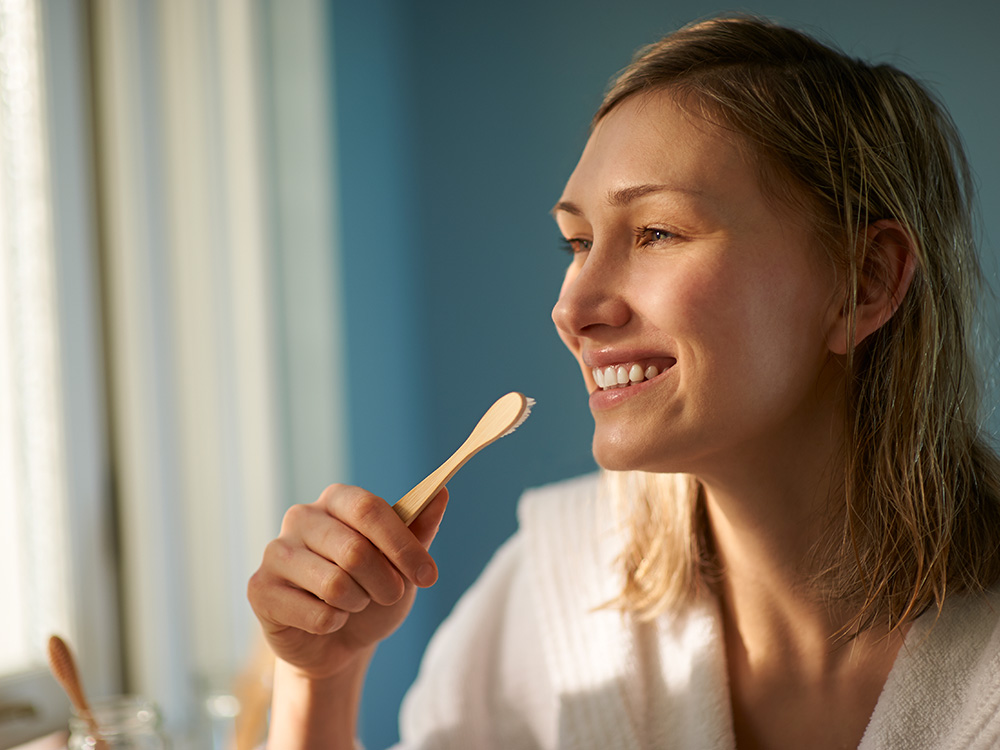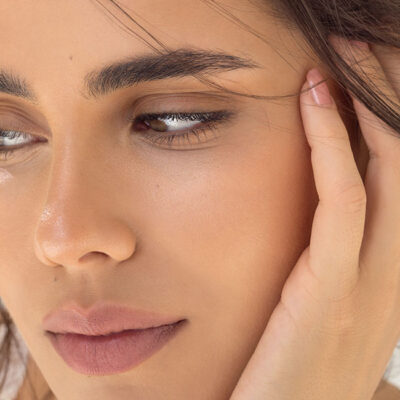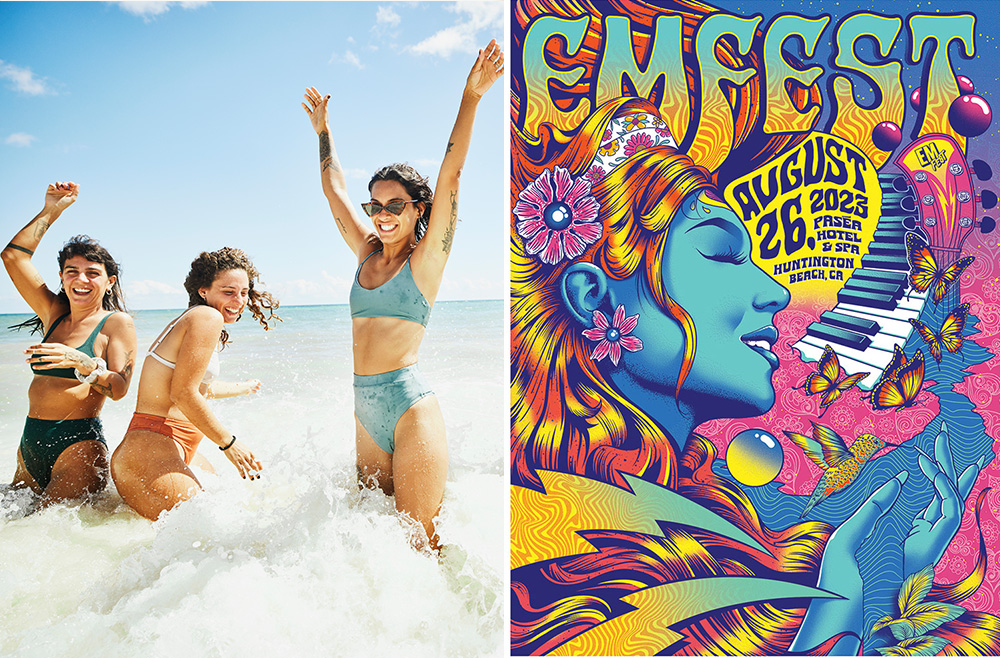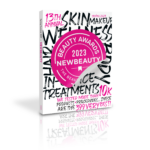Ready for a beauty revolution? Dive into the future as AI reshapes the industry, offering personalized experiences that go beyond the ordinary. Click now to embark on a journey where tech meets glam!” —ChatGPT
That quote above is how ChatGPT would introduce this article.
Using a clear prompt and an entire internet’s-worth of information to simulate a style of writing that dominates beauty and fashion outlets, artificial intelligence could have produced this entire article.
But you would have been able to tell, wouldn’t you?
While we might be a ways off from convincingly well-written AI novels, the current reality is that beauty brands are experimenting with and actively employing elements of generative artificial intelligence up and down the market chain, whether you’re noticing or not.
The impact of AI on the aesthetic industry is still unfolding. From face-altering filters and makeup-correcting apps to same-face syndrome, plagiarism and racial bias, the world of beauty is contending with the ripple-effects of AI right now. And with distrust of this technology high among consumers, experts are trying to find the right role for AI to play in their content, products, customer service and overall approach.
How an AI is trained is really critical. That means accounting for diversity, skin tones and face shapes across the board.
Lamia Drew, Estée Lauder
The Good
The name of the game these days is personalization. We want our products to be bespoke and intuitive, and brands are using AI to meet our expectations. For example, getting machine learning to process your perfect hair-care formula based on your hair type and lifestyle, or analyzing your likely skin concerns based on a well-lit selfie.
This kind of generative learning is also a critical part of creating accessibility tech like Estée Lauder’s Voice-Enabled Makeup Assistant (VMA) App, which can give detailed feedback on the user’s makeup application. “The visually impaired community expressed a real desire for independence when it came to applying their makeup and touching it up throughout the day,” explains Lamia Drew, Estée Lauder’s global director of inclusive technology and accessibility. “And creating that was probably the hardest challenge my team has ever had. This is pioneering technology that uses machine learning, smart mirror technology and voice instruction to assist the user in their makeup application.”
Even noticeably AI-generated content can be positive when it’s marked as being produced through machine learning. “AI can be used positively to increase awareness in our field,” says Tucson, AZ plastic surgeon Raman Mahabir, MD. “We used it to create a poem about DIEP flap breast reconstruction and it did an outstanding job. We then used that AI-generated poem as part of our breast reconstruction awareness (BRA) day campaign.”
Did you know?
A study conducted by Europol, the law enforcement agency of the European Union, predicts that as much as 90 percent of all internet content could be AI-generated by 2026.
The Bad
Do all influencers look kind of alike to you?
That isn’t your imagination. The proliferation of AI filters on social media platforms have led to what many call “Same-Face Syndrome” or “Influencer Face Syndrome,” described by journalist Jia Tolentino in 2019 as “a young face, of course, with poreless skin and plump, high cheekbones. It has catlike eyes and long, cartoonish lashes; it has a small, neat nose and full, lush lips.”
And plastic surgeons have noticed its rising popularity. “We are seeing a lot of this look now, which is defined by its over-exaggerated proportions,” says El Paso, TX plastic surgeon Ozan Sozer, MD. “And this can be harmful in the long-term.”
According to Dr. Mahabir, more and more time in-office is spent managing patient expectations. “While AI filters may be driving an increase in demand for plastic surgery, they are also driving somewhat unrealistic expectations. We spend more time managing expectations now than before as a result,” he explains. That extra time in the consult is ultimately spent wisely, often resulting in a change of heart from the patient. “Even when they come in asking for a ‘filter-like’ result, once you educate them and really spend the time with them, they realize they don’t really want to look fake, which is often the end result when you try to recreate an AI filter on a real person.”
“Plastic surgery is an art form,” Dr. Sozer says. “And I think we do best when we respect the beauty of the individual and the ideals that have been successful for centuries. Trendy shifts are likely to change, but classical descriptions of beauty that arrive naturally in all cultures are always going to be beautiful.
The Ugly
And then there’s the racism.
There are dozens of news stories diving into the ways in which AI-generated content fails, and even harms, society. AI-driven algorithms have been caught exhibiting racist and sexist behaviors regurgitated from the worst parts of the internet, prioritizing white applicants for jobs and classifying women as “homemakers.”
In 2018, then MIT graduate student Joy Buolamwini began researching racial bias in these programs after discovering that common facial recognition software didn’t recognize her face at all. She had to wear a white mask for the program to work, and she later found that algorithms across several major companies, including Google and Amazon, have error rates as high as 30 percent for the faces of black women. For comparison, the error rate for the faces of white men was only 1 percent.
The good news is that it doesn’t have to be that way. “How an AI is trained is really critical,” Drew explains. “When creating VMA, we used thousands of images all across the Fitzpatrick scale to train the AI so that it could be capable of analyzing any face. That means accounting for diversity, skin tones and face shapes across the board. By the time we had a product to test, we had used another 50,000 images to help fine-tune the algorithm.”
The extra work was necessary. “We knew we needed this to be truly inclusive because these products and systems should work perfectly for everyone who uses them,” Drew says. “That’s our definition of accessibility. That’s our definition of luxury.”


